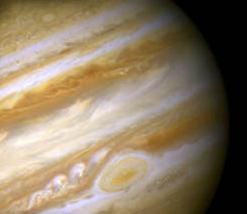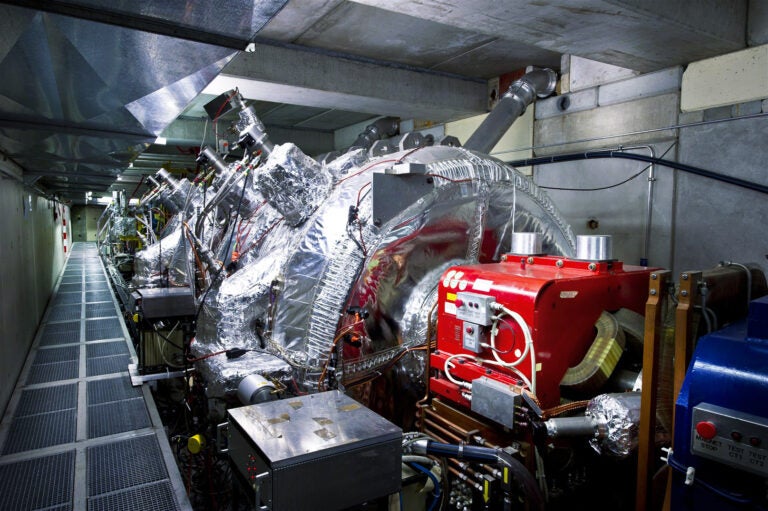Magnetic substorms on Earth disrupt orbiting satellites, including telecommunication satellites and global positioning systems. This mysterious phenomenon has been studied with the European Space Agency’s (ESA) Cluster satellites, comparing it with magnetic substorms on Jupiter for a better understanding.
Planets that have their own magnetic field, such as Mercury, Earth or Jupiter, are protected by the magnetic bubble that it generates.
During a magnetic substorm on Earth, particles located tens of thousands miles on the night-side of our planet are energized and hurled earthward within a few minutes. This creates colorful aurorae and excites the near-Earth environment. Despite decades of space-based research, several aspects of this phenomenon remain unknown.
One such unknown aspect is the mechanism that triggers these storms. It is not clear whether the storms are caused by processes internal to the magnetosphere or by other external processes.
Elena Kronberg and colleagues at the Max Planck Institute for Solar System Research, Germany, decided to look away from Earth, to other planets, to see if they could learn something new.
On Earth, a periodic substorm shows a gradual decrease followed by a rapid increase in the amount of particles that are hurled earthward. One such cycle takes 2-3 hours. At Jupiter, the same cycle takes 2-3 days. This duration is longer partly because of Jupiter’s stronger magnetic field and larger magnetosphere. The jovian magnetic field is so large that Jupiter’s magnetosphere envelopes the planet’s moons Io, Europa, Ganymede and Calisto.
After detailed analysis of data from several missions, Kronberg said, “We’ve found that at Earth and Jupiter, the magnetic field undergoes the same three steps during a substorm: growth, expansion, and recovery.”
Kronberg and colleagues studied data from NASA’s Galileo spacecraft. In 2007, they reported that periodic substorms at Jupiter were connected to the constant release of matter by the jovian satellite Io, which lies inside the jovian magnetosphere. This release of matter forms part of the mechanism that triggers the substorm. This means that the driver of this phenomenon is internal to the jovian magnetosphere.
“With Cluster, we’ve gained a better understanding of the processes taking place inside Earth’s magnetosphere; this has enhanced our understanding of how our solar system works. And now we’re delighted to learn more from gigantic Jupiter itself.” remarked Philippe Escoubet, ESA’s Cluster Project Scientist.










